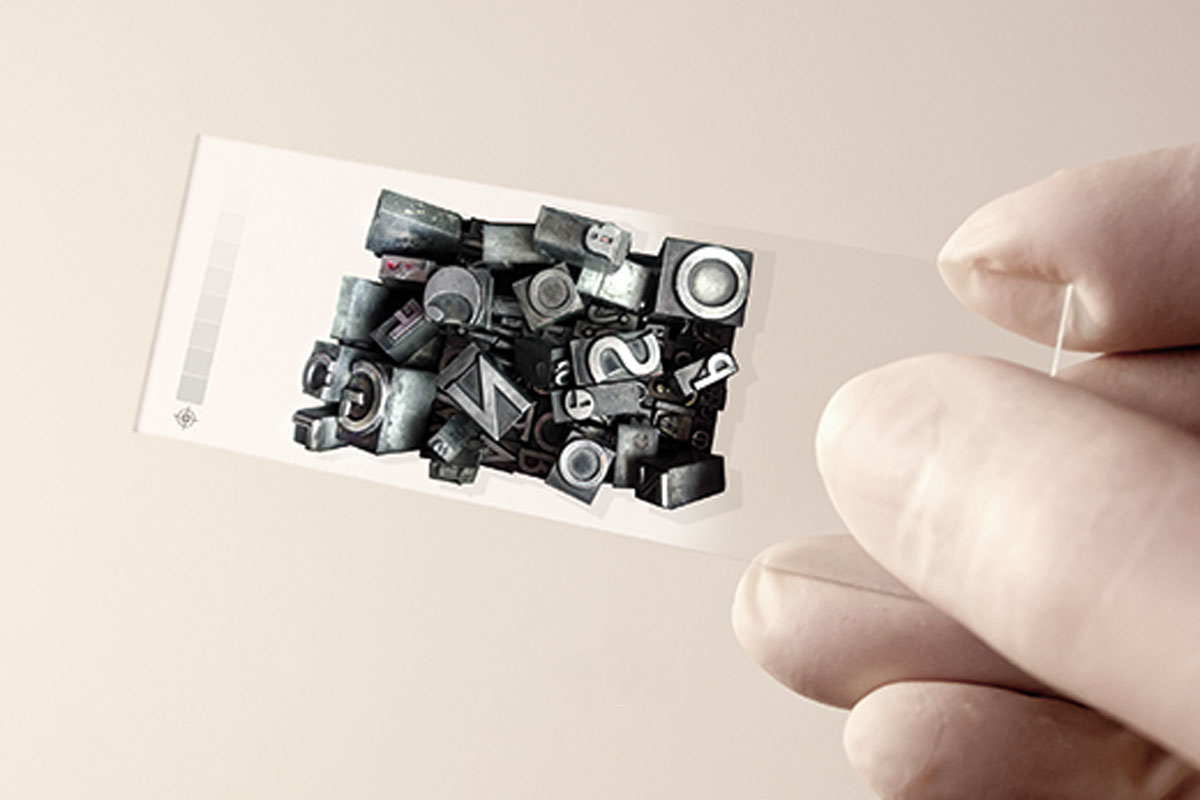
Science and communication, two professional cultures with no other choice but to reach an agreement. Sometimes confronted because of their different approaches to science communication, they still need each other. The challenge for scientists is to spread the word about the results of the work they do in universities and research centres. For journalists, it is to communicate science in a compelling and understandable way for their readers, without losing the rigour required by science. And all of this inserted in a landscape of media crisis and constant change. Mètode’s latest issue reflects upon those topics in its monograph The Science of the Press: Trends and Challenges for Popular Science Journalism, coordinated by Martí Domínguez, editor-in-chief of Mètode and professor of Journalism at the University of Valencia, and Anna Mateu, assistant editor of Mètode.
«The challenge for scientists is to spread the word about the results of their work. For journalists, it is to communicate science in a compelling and understandable way for their readers, without losing the rigour required by science»
Issue 80 of the journal was born after a seminar organised with the UIMP in Valencia in September 2013, and addresses topics such as the traditional relationship between science and journalism, the challenge for scientific journalism to conquer new readers, science popularisation in minority languages or the presence of science journals on the Internet. The articles in the monograph are signed by authors such as Hans Peter Peters, María Pilar Perla Mateo, Ana Galarraga, Luc Allemand, Dominique Brossard and Susanna Priest, and there is also an interview with Maxwell Boykoff. This content is illustrated with a selection of the works from a public call for artists. The winner of the contest was María Briz Reyes, with Portability and Science Popularisation, which was chosen to illustrate the cover of the journal.
The Art of Silk, Past in the Present
This issue of Mètode is supplemented by a dossier on the art of silk, coordinated by Alexandre Bataller, with three distinct gazes upon this golden thread. Other texts the reader can find in the issue are an interview with Esteban Morcillo, rector of the University of Valencia, a conversation between journalist Carme Puche and her father, science illustrator Carles Puche, or the document «Edible Childhood Ethnobotanics», about the relationship of children and teenagers with plants that declines in adulthood. The issue closes with the sections of Mètode’s usual contributors.





